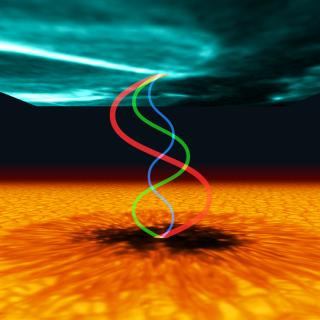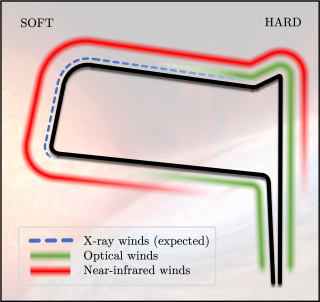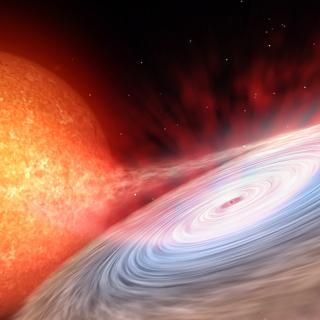
The Instituto de Astrofísica de Canarias (IAC) will be collaborating for the third successive year with the Spanish-American Writers’ Festival which will be celebrated from September 14th to 19th in Los Llanos de Aridane (La Palma). The programme of this third edition, in which almost 40 writers and a small group of meta-writers (editors, journalists and critics) will participate, will consist of 35 sessions. Among them we can pick out panel sessions on a variety of themes, autographs of examples by some of the authors involved, and activities aimed at the younger generation whose schools
Advertised on




